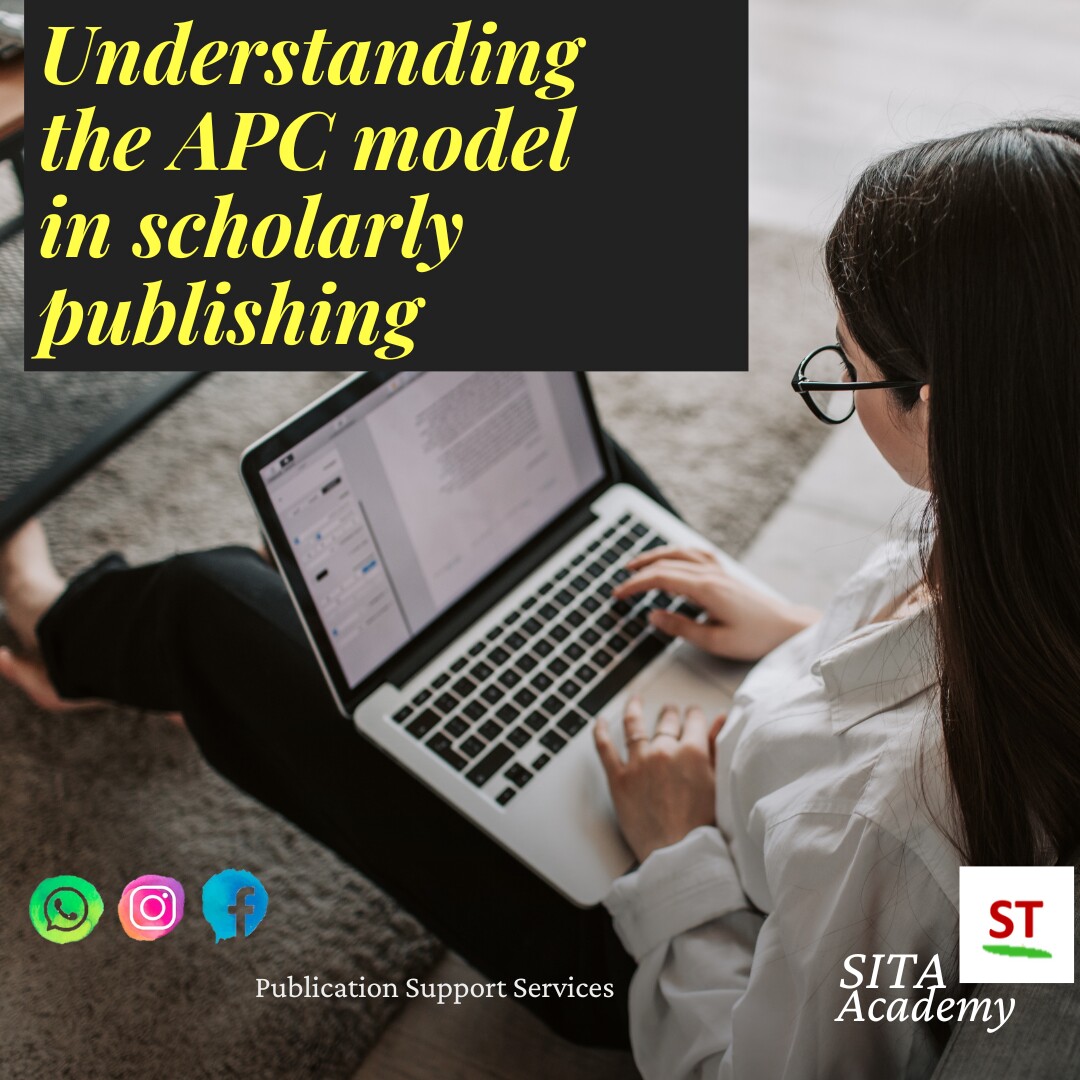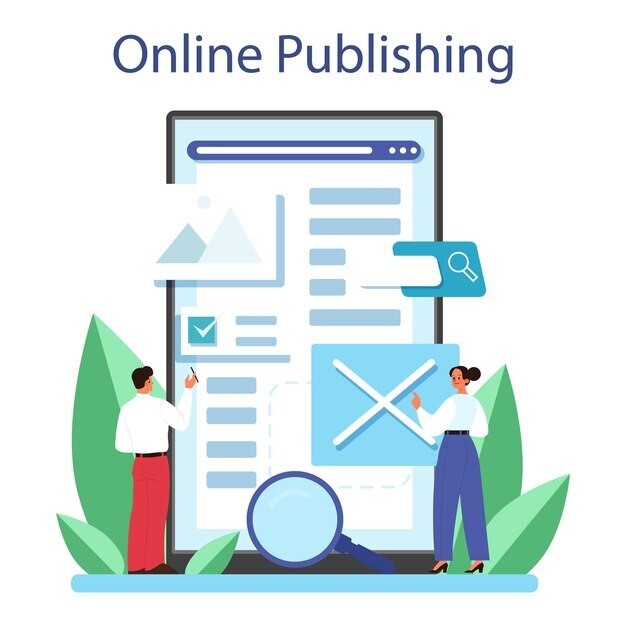فهم نموذج رسوم معالجه المقالات (APC) فی النشر الأکادیمی


رسوم معالجه المقالات، أو APCs، هی رسوم یدفعها المؤلفون أو مؤسساتهم الناشره للمقالات إلى الناشرین لجعل أبحاثهم متاحه بشکل مفتوح للجمهور. تُطبق هذه الرسوم عادهً على المقالات المنشوره فی المجلات المفتوحه الوصول أو فی الأقسام المفتوحه الوصول من المجلات الهجینه (التی تقدم مزیجًا من المحتوى القائم على الاشتراک والمحتوى المفتوح الوصول).
نموذج APC یهدف إلى تحویل تکلفه النشر من القراء (الذین کانوا یدفعون عاده رسوم اشتراک للوصول إلى محتوى المجلات) إلى المؤلفین. المبرر وراء هذا النهج هو إزاله الحواجز أمام الوصول، مما یسمح لأی شخص، بغض النظر عن انتمائه أو قدرته على الدفع، بقراءه وبناء الأبحاث العلمیه الحدیثه.
قد تختلف رسوم APC بشکل کبیر، حیث تتراوح من بضع مئات إلى عده آلاف من الدولارات لکل مقال، اعتمادًا على المجله والناشر والخدمات المشموله. یقدم بعض الناشرین خصومات أو إعفاءات للباحثین من البلدان منخفضه الدخل أو النامیه، أو لأولئک الذین یفتقرون إلى التمویل اللازم.

من خلال جعل المقالات البحثیه متاحه مجانًا على الإنترنت، یعزز نموذج APC من اکتشاف وإمکانیه الوصول إلى المحتوى العلمی. فهو یدمقرط المعرفه، مما یسمح للباحثین وصناع السیاسات والممارسین والجمهور العام بالتفاعل مع أحدث نتائج البحث.

یمکن أن یسرع الوصول المفتوح إلى الأبحاث من نشر المعرفه بشکل أسرع، مما یمکن الباحثین من البناء على أعمال بعضهم البعض بشکل أکثر کفاءه. وهذا یمکن أن یؤدی إلى تقدم علمی وابتکار أسرع.

تتطلب العدید من جهات تمویل البحث الآن نشر الأبحاث التی یدعمونها فی مجلات أو مستودعات مفتوحه الوصول. یوفر نموذج APC مسارًا للمؤلفین للامتثال لهذه المتطلبات.

تمیل المقالات المنشوره فی المجلات المفتوحه الوصول إلى تحقیق معدلات تنزیل واقتباس أعلى مقارنه بنظیراتها القائمه على الاشتراک. یمکن أن تعزز هذه الرؤیه المتزایده مسیره المؤلفین وتأثیر أبحاثهم بشکل عام.

قد تکون تکلفه APC عائقًا کبیرًا، لا سیما للباحثین فی بدایه مسیرتهم، والباحثین المستقلین، وأولئک الذین ینتمون إلى مؤسسات أو مناطق ذات موارد محدوده. یمکن أن یحد ذلک من قدره بعض الباحثین على النشر فی مجلات مفتوحه الوصول ذات جوده عالیه.

تزاید عدد الناشرین الجائرین، الذین قد یفرضون رسوم APC لکنهم لا یقدمون مراجعه الأقران أو الرقابه التحریریه بشکل کافٍ أو على الإطلاق، یمثل مصدر قلق. هذا قد یضر بمصداقیه وجوده النشر المفتوح الوصول.

بینما یهدف نموذج APC إلى زیاده الوصول، قد یخلق أیضًا حواجز جدیده أمام الباحثین والمؤسسات التی تفتقر إلى الموارد المالیه لدفع الرسوم. یمکن أن یزید ذلک من الفوارق القائمه فی نظام التواصل العلمی.

الاستدامه الطویله الأمد لنموذج APC غیر مؤکده، لأنه یعتمد بشکل کبیر على توفر التمویل البحثی لتغطیه تکالیف النشر. قد لا یکون هذا حلاً قابلاً للتطبیق لجمیع التخصصات أو المناطق.

یجادل بعض النقاد بأن نموذج APC أدى إلى زیاده فی تکالیف النشر، حیث قد یستخدم الناشرون قوتهم السوقیه لرفع الرسوم مع مرور الوقت، مما قد یتجاوز نمو میزانیات البحث.


هل تبحث عن نشر بحثک؟
یمکن لخدماتنا الشامله للنشر أن تساعدک على التنقل فی العملیه بسهوله. نحن نقدم خیارات للنشر فی کل من المجلات التی تفرض رسوم معالجه المقالات (APCs) والمجلات التی لا تفرض هذه الرسوم. لکل طریقه مزایا وعیوب، لذا یمکن لفریقنا الخبیر إرشادک لاختیار الخیار الأنسب لبحثک ومیزانیتک وأهداف النشر الخاصه بک. سواء کنت تبحث عن مجلات مفتوحه الوصول ذات تأثیر عالی أو مجلات تقلیدیه أکثر توفیرًا من حیث التکلفه، نحن هنا لدعمک فی کل خطوه. تعرّف أکثر على خدمات النشر التی نقدمها ولنناقش الخیارات التی قد تکون الأنسب لعملک.
إذا کان لدیک أی أسئله، استفسارات، أو ترغب فی معرفه المزید عن خدماتنا، فلا تتردد فی التواصل معنا. فریقنا المخصص مستعد لمساعدتک.